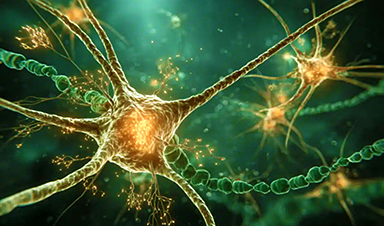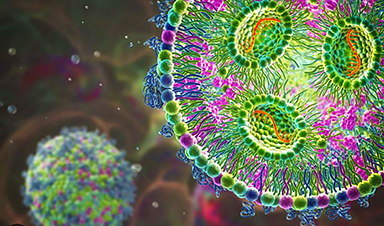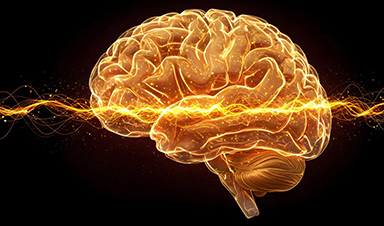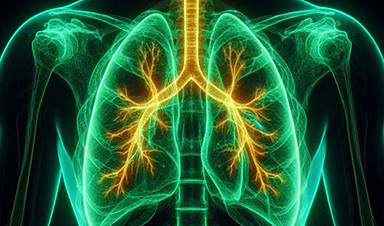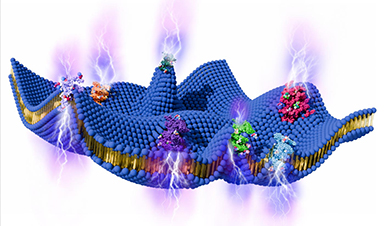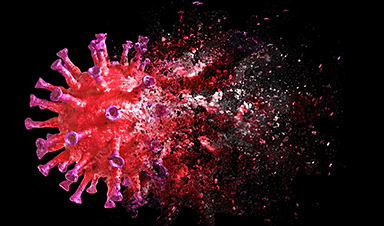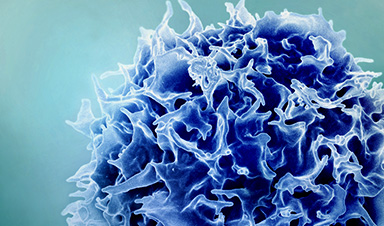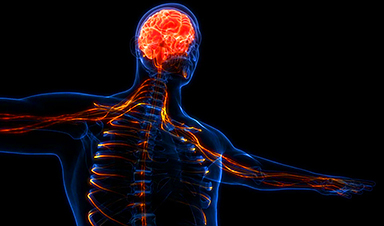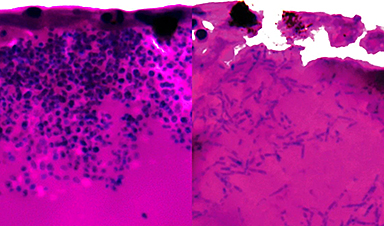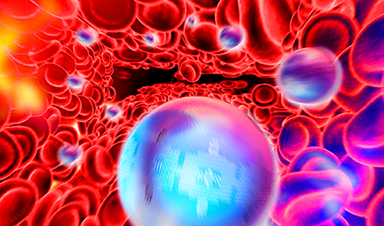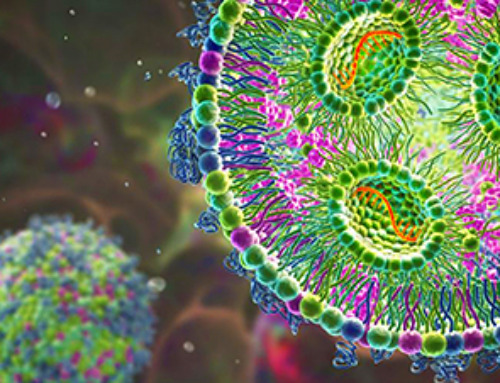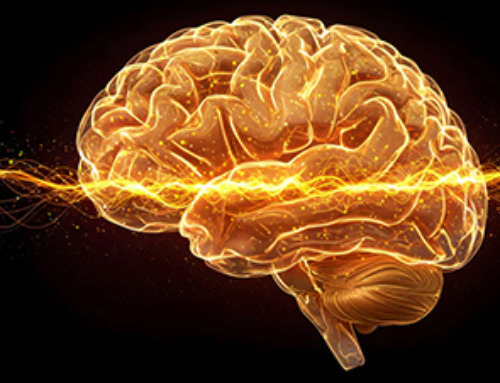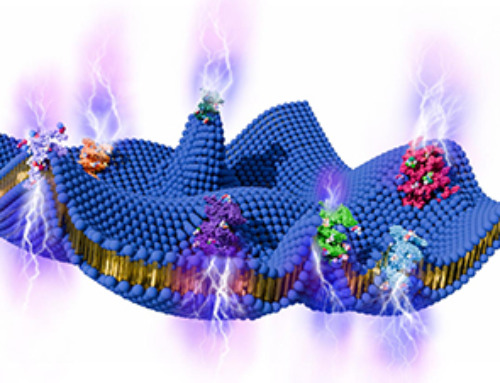Scientists have identified a natural compound combination that reverses aging-related brain cell decline and removes harmful Alzheimer’s-linked proteins. The treatment, combining nicotinamide (vitamin B3) and the green tea antioxidant epigallocatechin gallate, restores guanosine triphosphate (GTP) levels—critical for neuronal energy and protein cleanup.
In aged neurons, the restored energy boosted protein clearance, reduced oxidative stress, and reactivated key cell trafficking pathways. The findings suggest a potential non-drug strategy for combating Alzheimer’s, though more work is needed to optimize delivery.
Key Facts
- Energy Restoration: Nicotinamide and green tea antioxidant revived GTP levels in aged neurons to youthful levels.
- Protein Clearance Boost: Treatment improved the brain’s ability to remove toxic amyloid beta aggregates.
- Non-Pharmaceutical Potential: Findings point to a supplement-based approach for Alzheimer’s prevention or therapy.
Source:UC Irvine
Researchers at the University of California, Irvine have identified a promising nonpharmaceutical treatment that rejuvenates aging brain cells and clears away the buildup of harmful proteins associated with Alzheimer’s disease.
In a paper published recently in the journal GeroScience, the UC Irvine team reports that a combination of naturally occurring compounds – nicotinamide (a form of vitamin B3) and epigallocatechin gallate (a green tea antioxidant) – can reinstate levels of guanosine triphosphate, an essential energy molecule in brain cells.
In tests on neurons in a dish, the treatment reversed age-related cellular deficits and improved the brain cells’ ability to clear damaging amyloid protein aggregates, an Alzheimer’s hallmark.
“As people age, their brains show a decline in neuronal energy levels, which limits the ability to remove unwanted proteins and damaged components,” said lead author Gregory Brewer, adjunct professor of biomedical engineering at UC Irvine. “We found that restoring energy levels helps neurons regain this critical cleanup function.”
The researchers used a genetically encoded fluorescent sensor called GEVAL to track live guanosine triphosphate levels in neurons from aged Alzheimer’s model mice. They discovered that free GTP levels declined with age – particularly in mitochondria, the cells’ energy hubs – leading to impaired autophagy, the process by which cells eliminate damaged components.
But when aged neurons were treated for just 24 hours with nicotinamide and epigallocatechin gallate, GTP levels were restored to those typically seen in younger cells.
This revival triggered a cascade of benefits: improved energy metabolism; activation of key GTPases involved in cellular trafficking, Rab7 and Arl8b; and efficient clearance of amyloid beta aggregates. Oxidative stress, another contributor to neurodegeneration, was also reduced.
“This study highlights GTP as a previously underappreciated energy source driving vital brain functions,” Brewer said.
“By supplementing the brain’s energy systems with compounds that are already available as dietary supplements, we may have a new path toward treating age-related cognitive decline and Alzheimer’s disease.”
He cautioned, “More work is going to be required to find the best way to administer this treatment, since a recent clinical trial involving UC Irvine researchers showed that oral nicotinamide was not very effective because of inactivation in the bloodstream.”
Brewer’s collaborators were Ricardo Santana, a UC Irvine associate specialist in biomedical engineering, and Joshua McWhirt, a UC Irvine junior specialist who’s now a Ph.D. candidate at the Medical University of South Carolina.
Funding: Funding was provided by the National Institutes of Health and the UC Irvine Foundation.
News
Nanomedicine in 2026: Experts Predict the Year Ahead
Progress in nanomedicine is almost as fast as the science is small. Over the last year, we've seen an abundance of headlines covering medical R&D at the nanoscale: polymer-coated nanoparticles targeting ovarian cancer, Albumin recruiting nanoparticles for [...]
Lipid nanoparticles could unlock access for millions of autoimmune patients
Capstan Therapeutics scientists demonstrate that lipid nanoparticles can engineer CAR T cells within the body without laboratory cell manufacturing and ex vivo expansion. The method using targeted lipid nanoparticles (tLNPs) is designed to deliver [...]
The Brain’s Strange Way of Computing Could Explain Consciousness
Consciousness may emerge not from code, but from the way living brains physically compute. Discussions about consciousness often stall between two deeply rooted viewpoints. One is computational functionalism, which holds that cognition can be [...]
First breathing ‘lung-on-chip’ developed using genetically identical cells
Researchers at the Francis Crick Institute and AlveoliX have developed the first human lung-on-chip model using stem cells taken from only one person. These chips simulate breathing motions and lung disease in an individual, [...]
Cell Membranes May Act Like Tiny Power Generators
Living cells may generate electricity through the natural motion of their membranes. These fast electrical signals could play a role in how cells communicate and sense their surroundings. Scientists have proposed a new theoretical [...]
This Viral RNA Structure Could Lead to a Universal Antiviral Drug
Researchers identify a shared RNA-protein interaction that could lead to broad-spectrum antiviral treatments for enteroviruses. A new study from the University of Maryland, Baltimore County (UMBC), published in Nature Communications, explains how enteroviruses begin reproducing [...]
New study suggests a way to rejuvenate the immune system
Stimulating the liver to produce some of the signals of the thymus can reverse age-related declines in T-cell populations and enhance response to vaccination. As people age, their immune system function declines. T cell [...]
Nerve Damage Can Disrupt Immunity Across the Entire Body
A single nerve injury can quietly reshape the immune system across the entire body. Preclinical research from McGill University suggests that nerve injuries may lead to long-lasting changes in the immune system, and these [...]
Fake Science Is Growing Faster Than Legitimate Research, New Study Warns
New research reveals organized networks linking paper mills, intermediaries, and compromised academic journals Organized scientific fraud is becoming increasingly common, ranging from fabricated research to the buying and selling of authorship and citations, according [...]
Scientists Unlock a New Way to Hear the Brain’s Hidden Language
Scientists can finally hear the brain’s quietest messages—unlocking the hidden code behind how neurons think, decide, and remember. Scientists have created a new protein that can capture the incoming chemical signals received by brain [...]
Does being infected or vaccinated first influence COVID-19 immunity?
A new study analyzing the immune response to COVID-19 in a Catalan cohort of health workers sheds light on an important question: does it matter whether a person was first infected or first vaccinated? [...]
We May Never Know if AI Is Conscious, Says Cambridge Philosopher
As claims about conscious AI grow louder, a Cambridge philosopher argues that we lack the evidence to know whether machines can truly be conscious, let alone morally significant. A philosopher at the University of [...]
AI Helped Scientists Stop a Virus With One Tiny Change
Using AI, researchers identified one tiny molecular interaction that viruses need to infect cells. Disrupting it stopped the virus before infection could begin. Washington State University scientists have uncovered a method to interfere with a key [...]
Deadly Hospital Fungus May Finally Have a Weakness
A deadly, drug-resistant hospital fungus may finally have a weakness—and scientists think they’ve found it. Researchers have identified a genetic process that could open the door to new treatments for a dangerous fungal infection [...]
Fever-Proof Bird Flu Variant Could Fuel the Next Pandemic
Bird flu viruses present a significant risk to humans because they can continue replicating at temperatures higher than a typical fever. Fever is one of the body’s main tools for slowing or stopping viral [...]
What could the future of nanoscience look like?
Society has a lot to thank for nanoscience. From improved health monitoring to reducing the size of electronics, scientists’ ability to delve deeper and better understand chemistry at the nanoscale has opened up numerous [...]
